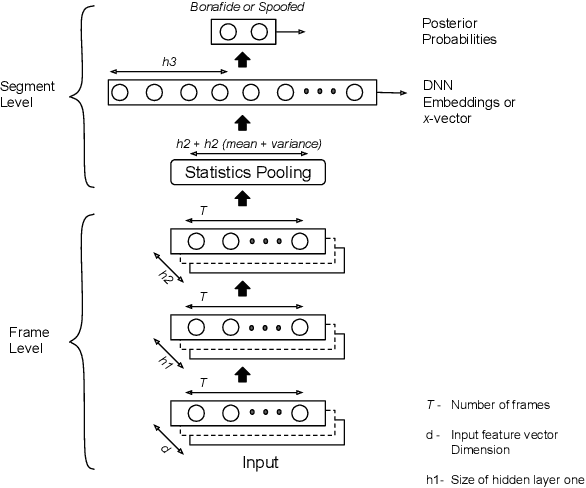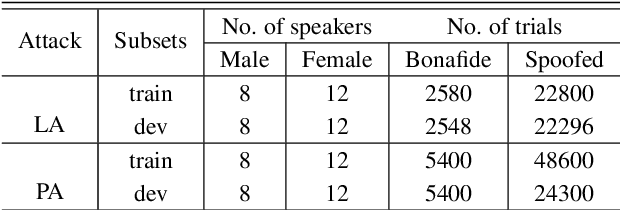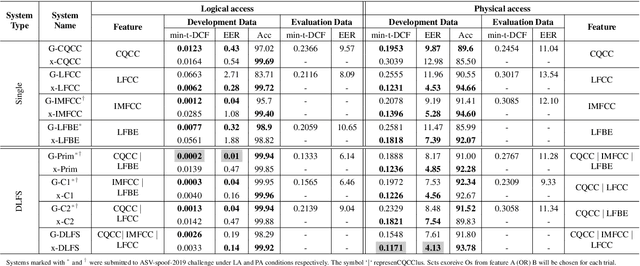Suvidha Rupesh Kumar
Enhancing Leaf Disease Classification Using GAT-GCN Hybrid Model
Apr 07, 2025Abstract:Agriculture plays a critical role in the global economy, providing livelihoods and ensuring food security for billions. As innovative agricultural practices become more widespread, the risk of crop diseases has increased, highlighting the urgent need for efficient, low-intervention disease identification methods. This research presents a hybrid model combining Graph Attention Networks (GATs) and Graph Convolution Networks (GCNs) for leaf disease classification. GCNs have been widely used for learning from graph-structured data, and GATs enhance this by incorporating attention mechanisms to focus on the most important neighbors. The methodology integrates superpixel segmentation for efficient feature extraction, partitioning images into meaningful, homogeneous regions that better capture localized features. The authors have employed an edge augmentation technique to enhance the robustness of the model. The edge augmentation technique has introduced a significant degree of generalization in the detection capabilities of the model. To further optimize training, weight initialization techniques are applied. The hybrid model is evaluated against the individual performance of the GCN and GAT models and the hybrid model achieved a precision of 0.9822, recall of 0.9818, and F1-score of 0.9818 in apple leaf disease classification, a precision of 0.9746, recall of 0.9744, and F1-score of 0.9743 in potato leaf disease classification, and a precision of 0.8801, recall of 0.8801, and F1-score of 0.8799 in sugarcane leaf disease classification. These results demonstrate the robustness and performance of the model, suggesting its potential to support sustainable agricultural practices through precise and effective disease detection. This work is a small step towards reducing the loss of crops and hence supporting sustainable goals of zero hunger and life on land.
Spoof detection using x-vector and feature switching
Apr 16, 2019



Abstract:Detecting spoofed utterances is a fundamental problem in voice-based biometrics. Spoofing can be performed either by logical accesses like speech synthesis, voice conversion or by physical accesses such as replaying the pre-recorded utterance. Inspired by the state-of-the-art x-vector based speaker verification approach, this paper proposes a deep neural network (DNN) architecture for spoof detection from both logical and physical access. A novelty of the x-vector approach vis-a-vis conventional DNN based systems is that it can handle variable length utterances during testing. Performance of the proposed x-vector systems and the baseline Gaussian mixture model (GMM) systems is analyzed on the ASV-spoof-2019 dataset. The proposed system surpasses the GMM system for physical access, whereas the GMM system detects logical access better. Compared to the GMM systems, the proposed x-vector approach gives an average relative improvement of 14.64% for physical access. When combined with the decision-level feature switching (DLFS) paradigm, the best system in the proposed approach outperforms the best baseline systems with a relative improvement of 67.48% and 40.04% for both logical and physical access in terms of minimum tandem cost detection function (min-t-DCF), respectively.
 Add to Chrome
Add to Chrome Add to Firefox
Add to Firefox Add to Edge
Add to Edge